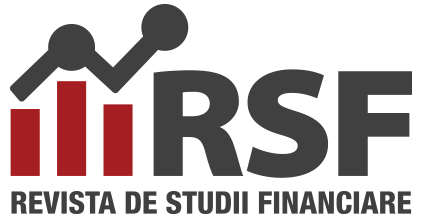Authors: Marius George Popa , Mădălina Popp, Aura Cadis, Stelian Grasu
Vol. 9 • Special Issue • 2024
Abstract
This article explores the complex relationship between state aid and the evolution of economic environment, with a particular focus on the competitiveness of the regions where the aid beneficiaries activate. Many economic theories and ideas discuss the impact of state involvement on economic growth, emphasizing that excessive intervention can result in inefficiencies and distortions. However, targeted and strategic aid has the potential to stimulate economic growth, promote innovation, and address market failures. The paper compares EU regions with a high Competitiveness Index to those at the bottom of the competitiveness list, examining the volume and nature of aid provided to companies in these regions. The aim is to determine whether a direct relationship exists between aid and competitiveness. The findings generally confirm the previous research highlighting the beneficial effects of state aid on businesses’ competitiveness, but with some original findings. We discovered that state aid supports the competitiveness of the beneficiaries, but some types of aid are more appropriate to sustain a company and make it more competitive. State aid promoting training, research, development, and innovative activities and infrastructure has greater potential to help companies become more competitive in the present global market.
Keywords: state aid, competitiveness, economic growth, state intervention, development, market failure.
JEL Classification: O18
DOI: 10.55654/JFS.2024.9.SP.17
